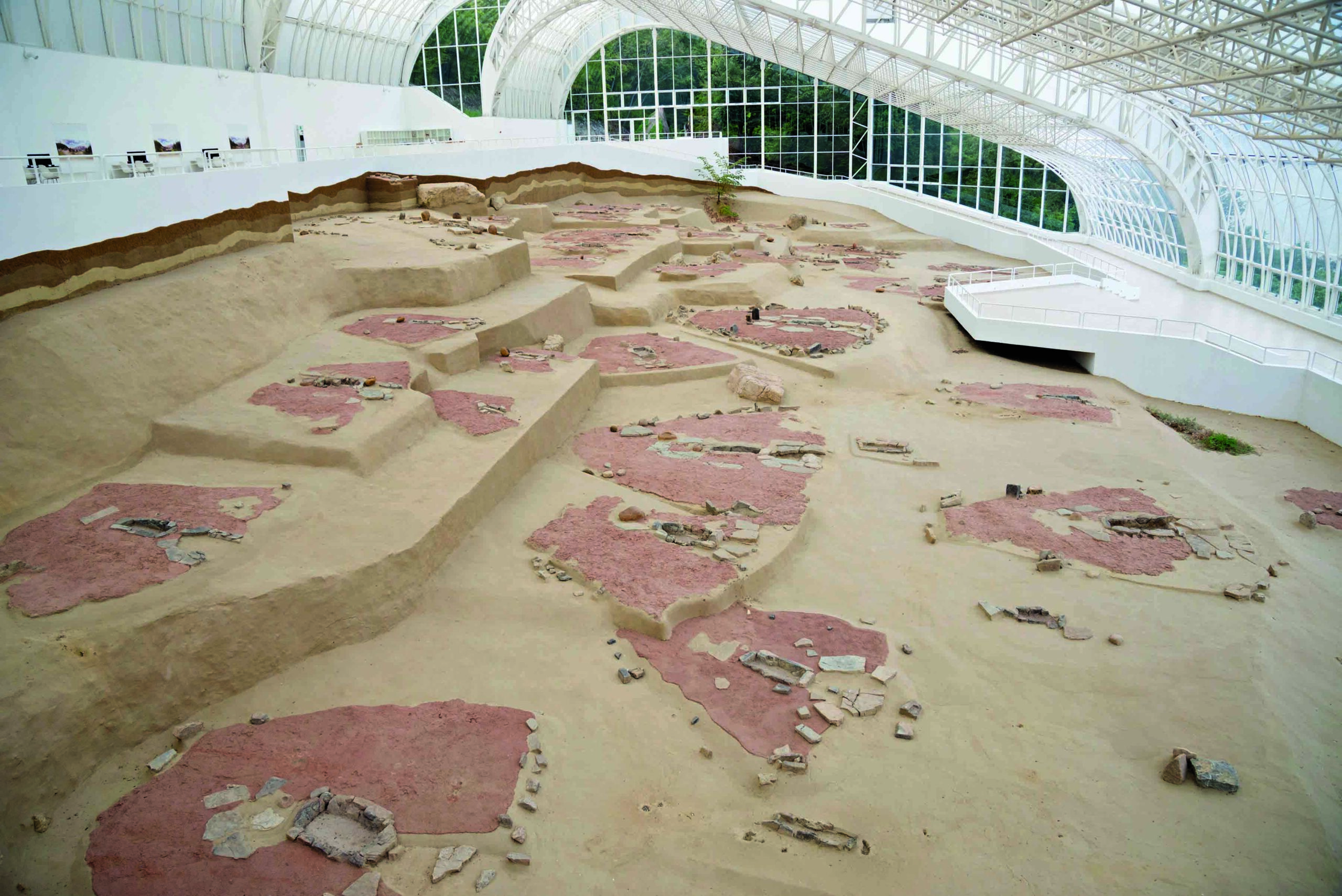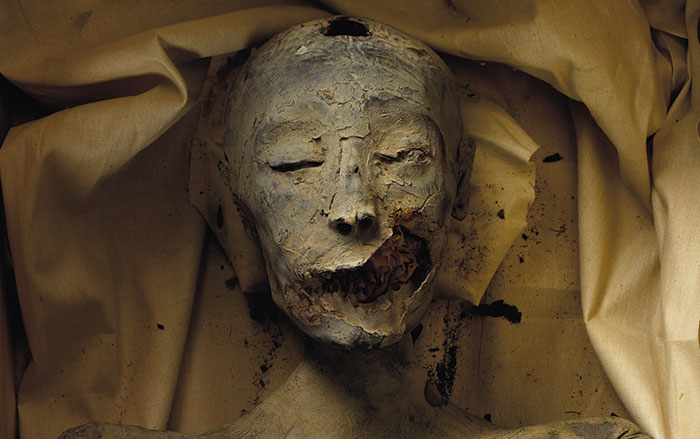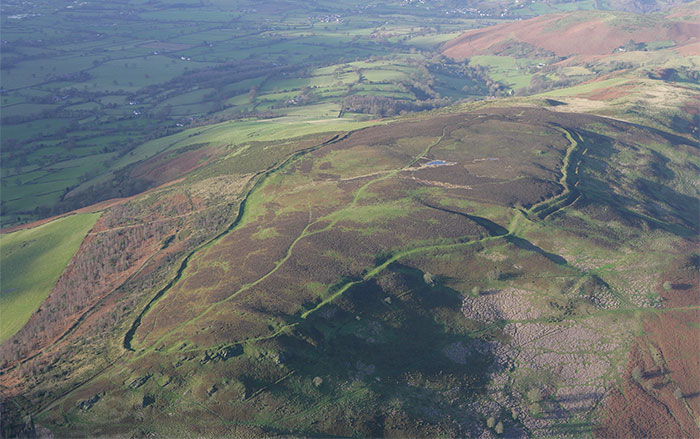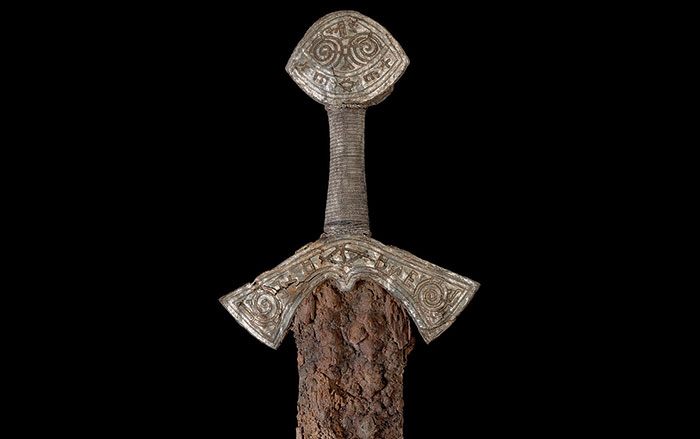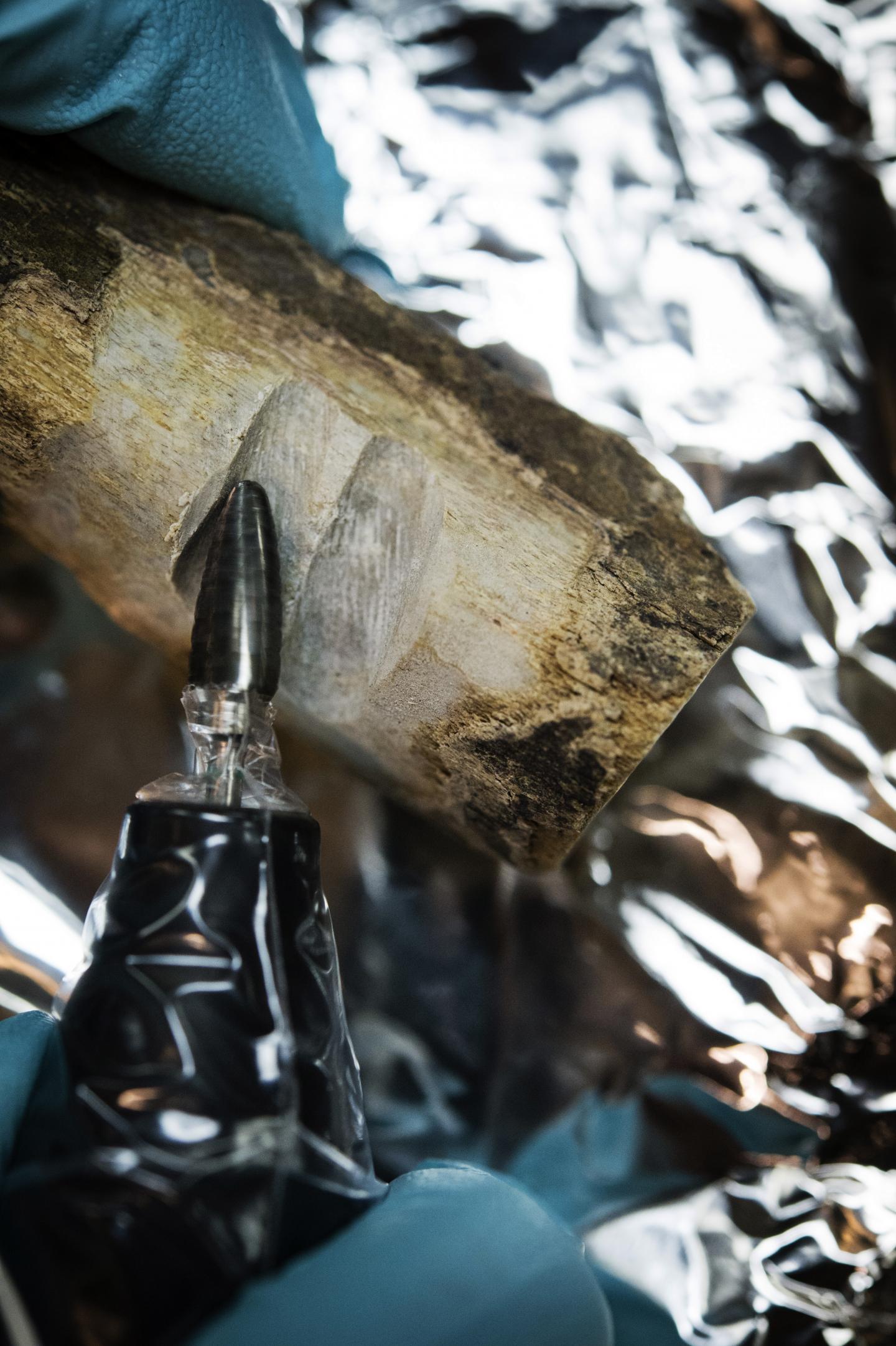
HELSINKI, FINLAND—Researchers from the University of Helsinki and the University of Edinburgh have discovered evidence of parvovirus in about half of the skeletal remains of 106 World War II casualties recovered from the battlefields of Karelia, located in what is now Russian territory. This is the first time that traces of virus have been found in old bones, which are the part of the body most likely to be preserved after death. “Human tissue is like a life-long archive that stores the fingerprint of the viruses that an individual has encountered during his or her lifetime,” professor of clinical virology Klaus Hedman said in a press release. In fact, two of the deceased carried a type of parvovirus that has not circulated in Nordic countries. When combined with other genetic information, this suggests that these were likely Russian soldiers, and not Finnish ones. “Such a combination of human and viral DNA can help us both identify the recently dead—making it a new tool for forensic identification or ancestry investigation—and determine how ancient humans migrated around the globe,” explained Antti Sajantila, professor of genetic medicine. To read about how the tuberculosis bacterium may have first arrived in the Americas, go to "Across the Atlantic by Flipper."




